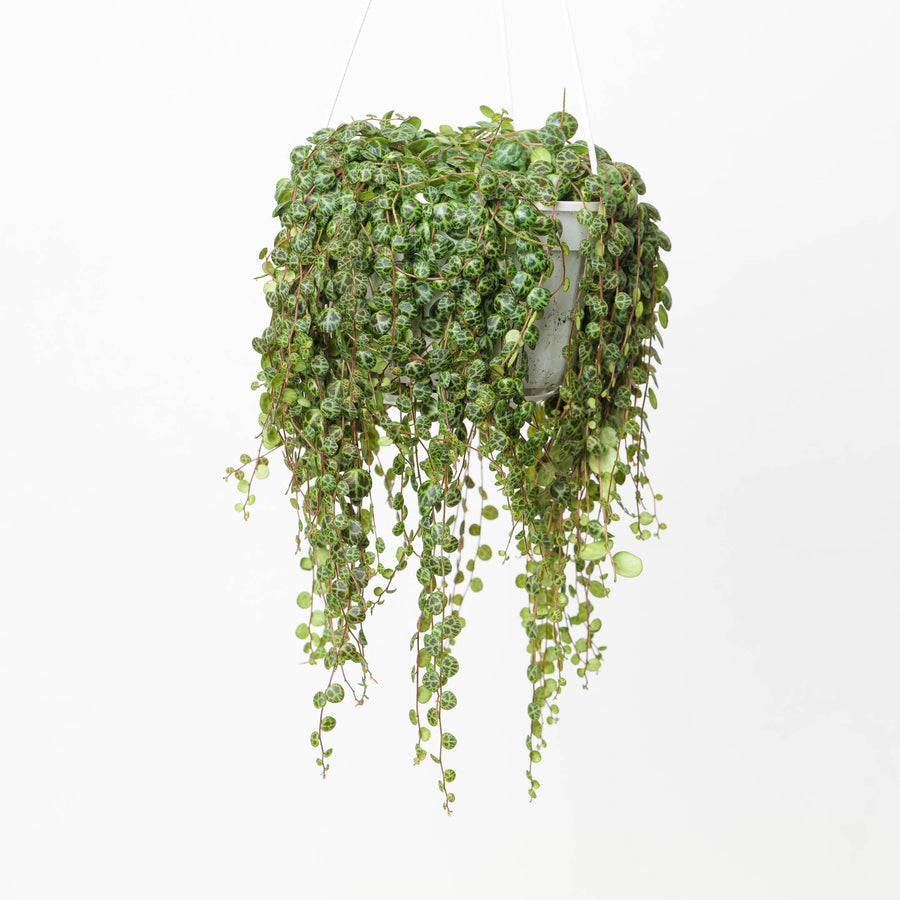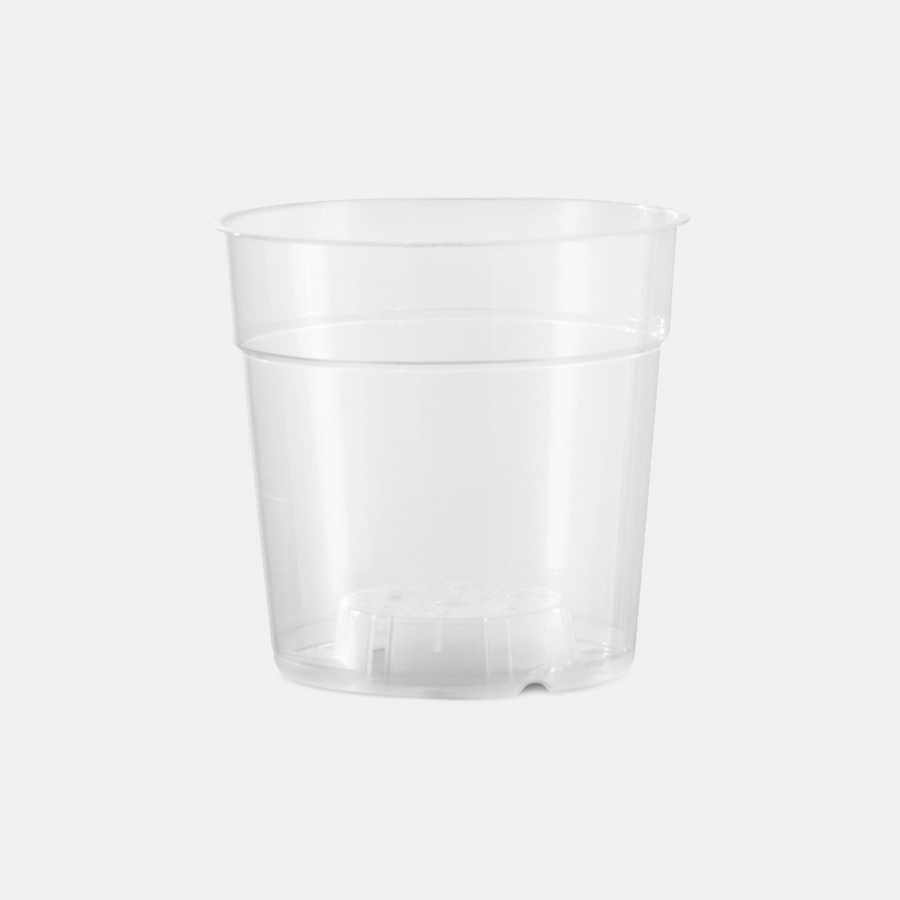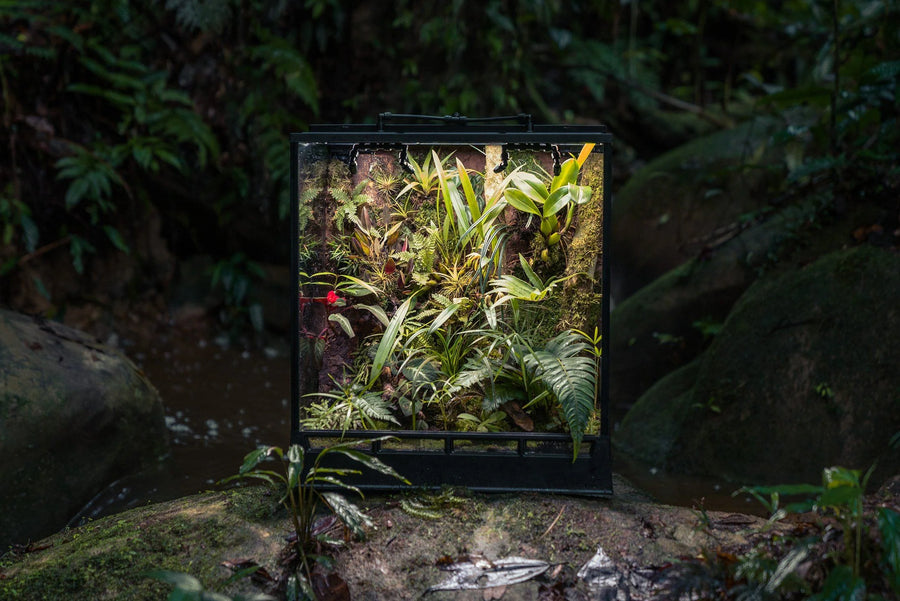Venus Fly Trap
Venus Fly Traps (Dionaea muscipula) are captivating carnivorous plants that lure, capture, and digest insects. Native to subtropical wetlands on the East Coast of the United States, these plants have unique care requirements that set them apart from typical houseplants. With their striking appearance, intriguing behaviour, and ever-growing presence on mainstream media, Venus Fly Traps make a captivating addition to any plant lover's collection.

Dionaea muscipula | Venus Fly Trap - From £9.99
Lighting
Venus Fly Traps thrive in bright, indirect sunlight. You should place them in a spot where they can receive around 4 to 6 hours of sunlight daily. A room with a south facing window or installed Grow Lights would be perfect. Avoid direct, scorching sunlight, as it can damage their delicate leaves.
Humidity and Moisture
These plants require constant high humidity levels of around 60 to 80 percent. Keep their soil consistently moist, but not waterlogged. Use distilled (or rainwater) for watering to avoid mineral buildup in the soil, which can harm the plant.
Soil
Venus Fly Traps prefer a soil mixture that's low in nutrients. A blend of sphagnum moss and perlite or sand works well. Ensure good drainage to prevent water logging, as these plants are sensitive to overly wet conditions.
Watering
When it is time to give your plant a good watering, we suggest using the tray method by placing the pot in a shallow dish filled with water. Ensure the pot sits above the waterline to prevent the roots from rotting. You should keep the soil consistently damp, but never soggy as this could lead to root rot.
Feeding
While Venus Fly Traps can catch insects themselves, they may benefit from occasional feeding. You can help provide them with nutrients by feeding them live insects like small flies, ants, or spiders. However, avoid overfeeding as it can stress the plant. It is very important to allow the trap to digest fully before feeding again.
Seasonal Care
During winter (like right now), Venus Flytraps may enter a dormant period. We highly recommend to reduce watering and allow them to experience cooler temperatures (around 7-10°C) for a few months to facilitate dormancy. New growth typically emerges in spring.
Avoid these 3 Common Venus Fly Trap Mistakes:
1. Touching or Triggering Traps: While it's tempting to trigger the traps to witness their action, avoid excessive touching or triggering. Each trap has a limited lifespan and excessive stimulation can exhaust the plant.
2. Using Tap Water or Fertiliser: Tap water and fertiliser can harm Venus Fly Traps due to their sensitivity to minerals and nutrients. Stick to distilled or rainwater and avoid using any fertilisers.
3. Transplanting: Try not to disturb the roots unnecessarily. Venus Fly Traps don't require frequent repotting and can thrive in the same container for a couple of years if cared for properly.
Caring for Venus Fly traps is a unique and rewarding experience. By providing the right environment, watering regimen, and occasional feeding, you can enjoy the beauty and fascinating behaviour of these carnivorous plants for years to come.
Remember, each Venus Fly Trap has its own personality and may slightly differ in care needs. Observing your plant's behaviour and adapting care accordingly will help you become a successful Venus Fly Trap caretaker.
If you need any help keeping your Venus Fly Trap alive, we'd be happy to help! Simply drop us an email at hello@growtropicals.com and our plant experts will be on hand to answer all your care questions.






